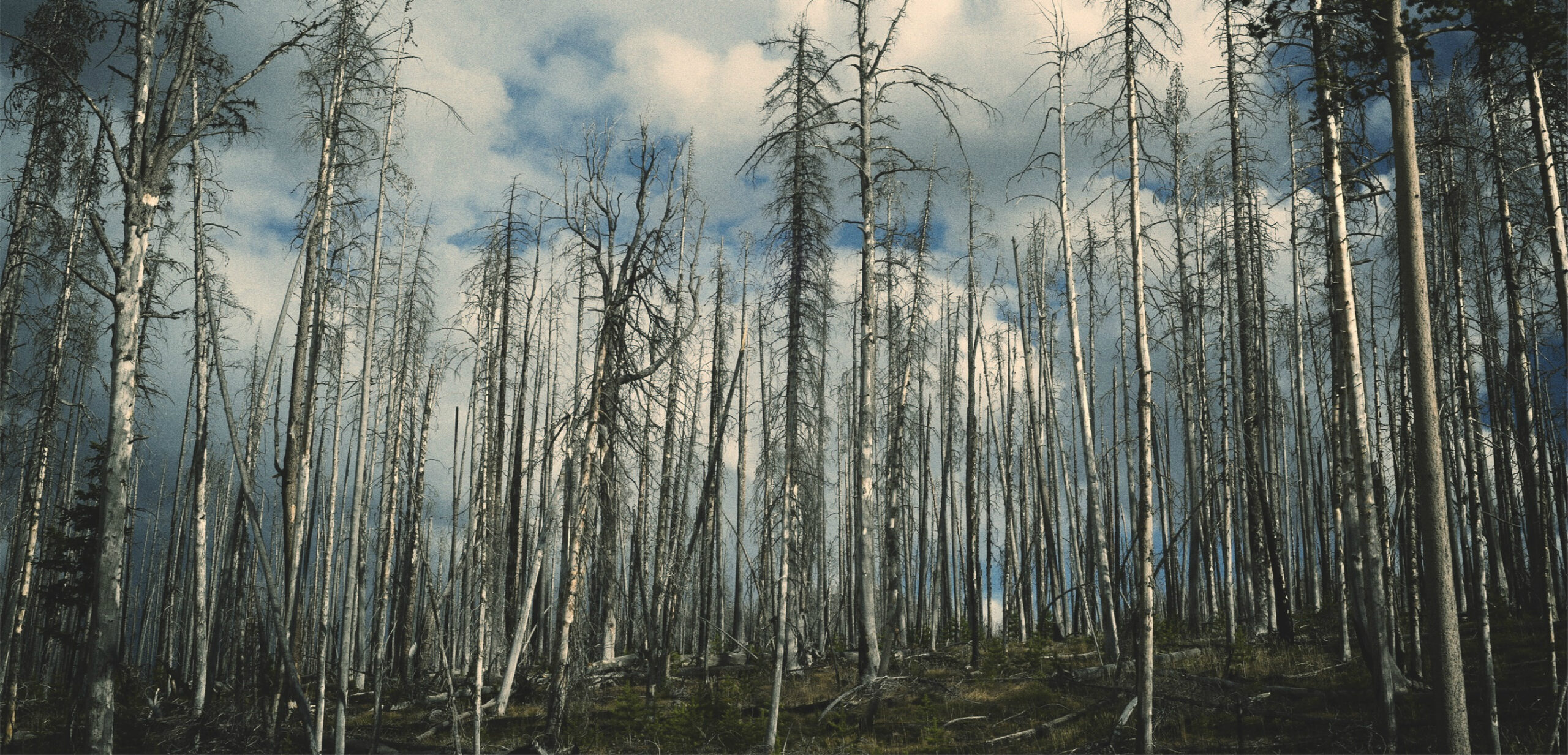
Name
- Common English name: Celandine
- Other names: greater celandine, Chelidonium, tetterwort, nipplewort
- Latin (scientific) name: Chelidonium majus
History in Canada
- native of Europe that was introduced to North America in the late 1600’s as an herbal remedy for skin problems and many other ailments
- occurs in southwest British Columbia, and from Ontario to Nova Scotia
- available from nurseries as an ornamental
Biology
- biennial flowering plant that belongs to the Poppy family
- prefers moist soil
- produces a rosette of deeply-lobed leaves the first year
- in the second year, a branching stem develops up to 80 cm tall (30 in) with alternate, compound leaves and bright yellow flowers in the spring
- when broken or crushed, the leaves, stem, or root produce a red- to yellow-coloured juice that can stain clothing, cause eye irritation, or produce a skin rash in some people
- after flowering, long narrow seedpods develop that contain many small black seeds
- the seeds are attractive to ants who aid in their dispersal
- the plant dies after the seeds mature
Impact on Trees
- may grow in dense stands that suppress native tree seedlings due to shade
What can be done to control this tree killer?
- herbicide applied late fall or early spring on green rosettes
- hand pulling and removing plants with seeds
- several years of control measures are usually needed since the seeds are unaffected by the above methods
Photo Gallery:
[content_block id=3350]
